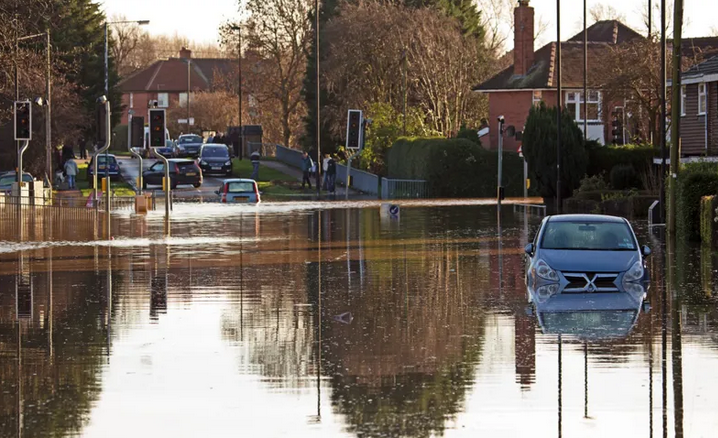The Building Engineering Services Association (BESA) is spearheading an urgent exercise to develop occupational standards that will underpin technical qualifications needed to increase the number of workers able to install, maintain and repair fire dampers and smoke control dampers.
These critical fire safety products are at the heart of efforts to improve building safety and the shortage of skilled workers has been flagged as a “worrying issue” by the industry.
BESA is part of Building Services Engineering (BSE) Skills – the not-for-profit body charged with managing and developing qualifications and apprenticeships for the sector, which is working on the new National Occupational Standards (NOS) for dampers.

BSE Skills, which represents 43,000 businesses and almost 342,000 operatives across the UK sector, has produced a provisional suite of technical NOS to help employers deliver fire damper and smoke control damper installation, commissioning, testing and repair. It is now running a public consultation until November 18th to gather feedback on the suitability of the new standards from anyone involved in this important area of building engineering.
The draft NOS were developed by a team of UK industry experts, including employers, trade associations, unions, and other stakeholders, to capture the relevant technical competences. It is now encouraging anyone involved with this work to respond to the consultation to ensure the new standards meet the requirements of the industry and its clients.
BESA is also updating its industry guidance for the ‘Installation of Fire Dampers and Smoke Dampers’ (DW145). This follows its warning earlier this year that annual maintenance inspections were uncovering a significant number of incorrectly installed dampers that did not comply with manufacturers’ instructions. It called for remedial action “without delay”.
The guidance covers statutory requirements for the installation, testing and maintenance of fire dampers and smoke control dampers including clients’ legal obligations to ensure their fire safety systems comply with the Regulatory Reform (Fire Safety) Order 2005 for England and Wales and the Fire Safety (Scotland) Regulations 2006.
It also explains the crucial role played by the penetration seal in ensuring the overall fire stopping integrity of an installation, the importance of maintenance teams being able to find and access dampers for testing and repair, and the need for designers and installers to seek expert advice from damper manufacturers.
“While this is clearly a very worrying situation, we can take some reassurance from the fact that this problem is being brought to our attention by the increasing frequency of fire damper inspections and tests as awareness grows of this extremely important issue,” said BESA’s technical director Graeme Fox.
“It reinforces the need for a suitably trained and qualified workforce, which is why the work being carried out by BSE Skills to develop occupational standards is welcome and timely. I would urge anyone with an interest in this market to respond to the consultation so we can ensure the right technical competencies are in place to improve standards right across the industry,” he added.




















